In Japan, sashimi is more than just a dish—it’s a culinary art form deeply rooted in tradition and culture. From the bustling streets of Tokyo to the quaint coastal villages, this dish remains a beloved and iconic dish, representing the essence of Japanese culinary mastery and reverence for fresh ingredients.
What is Sashimi?
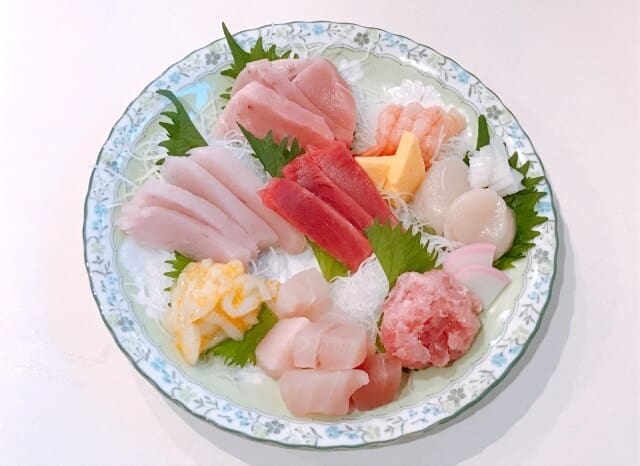
Sashimi is a Japanese dish consisting mainly of raw seafood, which is sliced into thin, small pieces and served without being cooked. It is typically enjoyed with soy sauce and other condiments for added flavor. It highlights the natural flavors of its ingredients, making it essential to use fresh, tasty, and seasonal products. The way the ingredients are cut is also crucial, as special knives are used to enhance both the flavor and presentation. Over time, this dish has evolved by incorporating global knowledge, historical techniques, and scientific methods, such as vacuum cooking and low-temperature cooking. Additionally, large fish like tuna and yellowtail are often used in sashimi preparations.
Origin of Sashimi
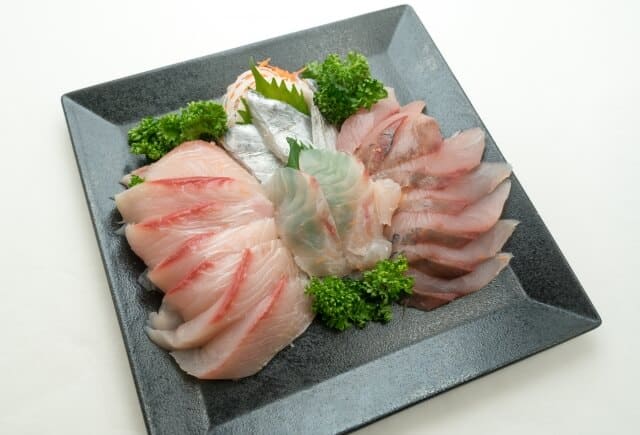
Sashimi has a long history, with its origins likely rooted in the natural practice of eating raw fish in various parts of the world. The first recorded mention of this dish dates back to 1399. Before soy sauce became popular, people paired raw fish with ginger vinegar, mustard vinegar, or roasted sake, which was made by boiling down dried bonito flakes, pickled plums, sake, water, and tamari.
Sashimi as we know it today originated in Edo (now Tokyo) during the Edo period (1600-1868). In Kyoto, fresh seafood was hard to come by, limiting the development of raw fish dishes. However, in Edo, fresh seafood, known as Edomae, was abundant, allowing sashimi to flourish. The mass production of dark soy sauce in the mid-Edo period, particularly in Noda near Edo, played a crucial role in reducing the fishy smell of raw fish and enhancing its flavor, making the diverse dish culture possible.
Common types of Sashimi
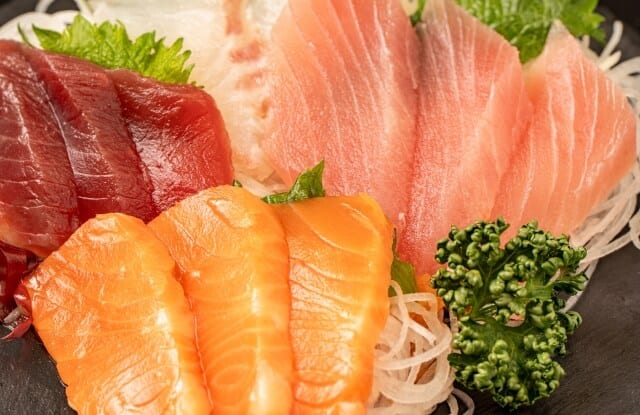
Tuna
Tuna has been a staple in Japanese cuisine for a long time and is enjoyed in various forms such as sushi, grilled, and even as steak or canned food. Different parts of the tuna have distinct names and characteristics. The lean parts are generally referred to as “tuna,” while the fattier sections are called chutoro and otoro, known for their white to pink color.
An example of tuna that locals usually use as sashimi are Ooma Tuna and Katsuo. Ooma Tuna is one of the finest tuna caught in Japan. Locals often regarded this as a luxurious and sought-after sushi option. Meanwhile, Katsuo is the Japanese name for skipjack tuna, a fish commonly found in tropical and subtropical waters. Locals used this as sashimi or as part of their ingredients such as, katsuobushi or dried flakes.
Salmon
Salmon is particularly popular among women due to its rich flavor, which pairs well with onions and mayonnaise. It is frequently seen in sushi rolls, offering a delicious and versatile option for sashimi lovers.
Yellowtail
Yellowtail is one of the most popular fish in Japan and is considered a “success fish” because its name changes as it grows. The peak season for yellowtail is winter, when it becomes fatty and is referred to as “kanburi” (cold yellowtail). Although it is available year-round, its flavor is best in winter.
Horse Mackerel
Horse mackerel, known as “aji” in Japan, is caught worldwide and is characterized by its blend of red and white meat flavors. It is a main edible fish in Japan, celebrated for its delicious taste, light protein, sugar, and umami flavor. Its versatility and popularity make it a favorite among many.
Garnishes for Sashimi
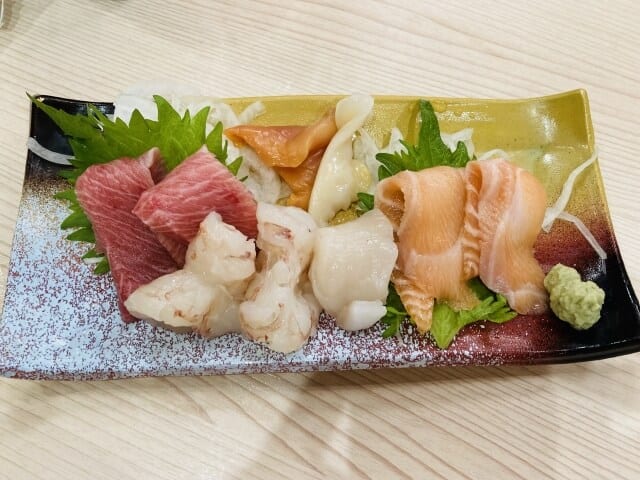
Garnishes for sashimi, known as tsuma, are particularly helpful for those who may not be used to the fishy smell and texture of raw fish, which can be off-putting to some people from overseas. Common tsuma includes beautifully cut vegetables like daikon radish and shiso leaves, as well as seaweed. Raw daikon radish and wakame seaweed are the most common, but you can also find a variety of other garnishes. Such as seasonal vegetables, wild herbs, and mountain vegetables. Condiments that add distinct flavors, known as yakumi, include well-known options like wasabi, as well as ginger, plum, and mustard.
Sashimi FAQ
- Is sashimi limited to seafood only?
Today, sashimi isn’t limited to seafood. Dishes like horse sashimi, chicken sashimi, liver sashimi, konjac, bamboo shoots, yuba, and gluten, which are beautifully cut and served raw or cold. Additionally, plant-based alternatives that mimic the taste and texture of sashimi have been developed for vegetarians, vegans, and to help conserve marine resources.
- Is it safe to eat sashimi?
Yes, it is generally safe to eat sashimi when it is prepared properly using fresh, high-quality fish and follows proper hygiene standards. Sashimi-grade fish is carefully selected and handled to minimize the risk of foodborne illnesses. Additionally, modern refrigeration and transportation methods ensure that this dish remains fresh and safe to consume.
How to eat Sashimi?
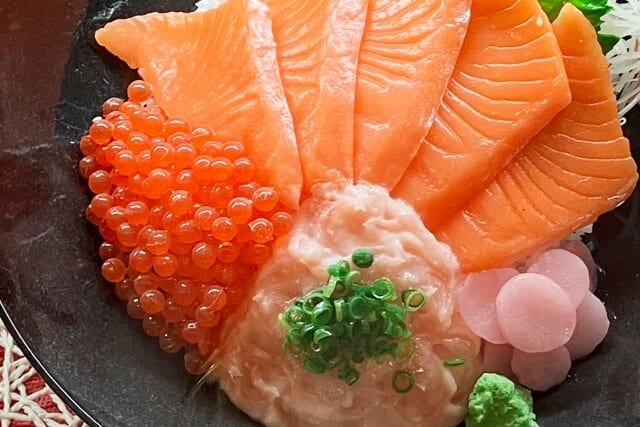
To eat sashimi, start by putting soy sauce in a small dish and dipping the sashimi slices into it. You can also add wasabi and ginger to the soy sauce, or place a small amount of wasabi directly on the sashimi before dipping it in the soy sauce to better enjoy the wasabi’s flavor.
Connoisseurs often eat the condiments served with sashimi. Such as shiso leaves and chrysanthemum flowers, by dipping them in soy sauce. These garnishes are not just for decoration; they enhance the flavor and experience of eating sashimi. Hojiso, the flower spike of the perilla plant, is often served with sashimi. To use it, take some in your palm and smack it once to release its scent. By doing this, it helps eliminate the fishy smell of this dish.
Recommended Sashimi Restaurants
Zonbun (ぞんぶん)

At Zonbun, a specialty restaurant for golden-eyed snapper, you can enjoy a variety of dishes made with the finest golden-eyed snapper delivered every morning. We recommend the luxurious “5-piece fresh sashimi platter”. Made with high-quality golden-eyed snapper, bluefin tuna, wild red sea bream, and seasonal fresh fish
Wamirin (和味 りん 新宿本店)

The fresh fish prepared is carefully selected by the chef himself, who visits fishing ports all over the country. The fish on offer include those bled and killed to maintain freshness after catching. As well as aged fish at the peak of their flavor. The vegetables are also sourced from Kyoto vegetable Meister certified producers.
Takeaway
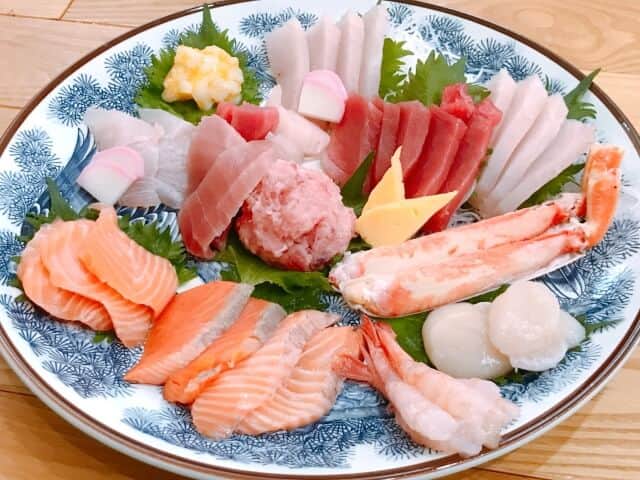
As sashimi continues to evolve and captivate food enthusiasts worldwide, its legacy in Japan remains unparalleled. Whether enjoyed in traditional restaurants or innovative culinary creations, this dish embodies the essence of Japanese gastronomy. It is simple yet sophisticated, delicate yet flavorful.
You can check some Japanese seafood dishes that we know you would like to try too.






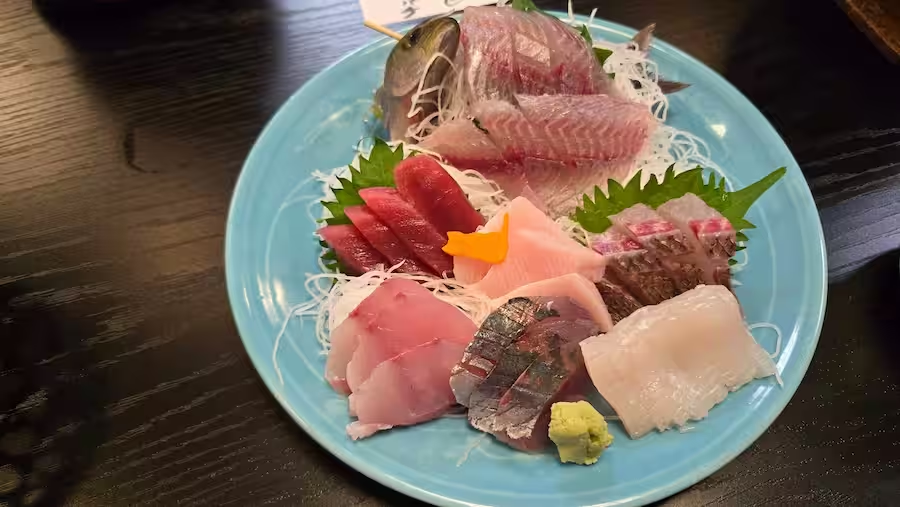
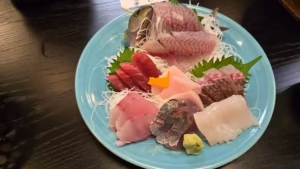


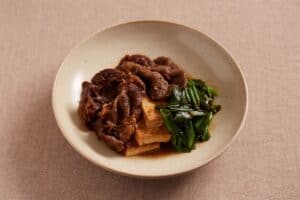
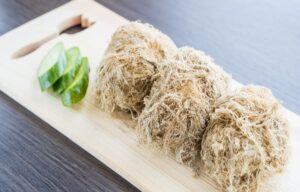

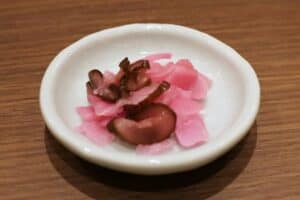
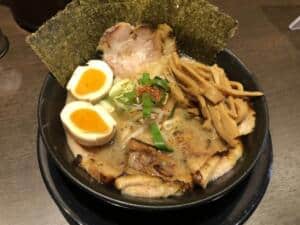
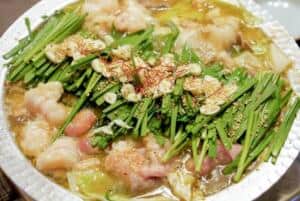
Comments